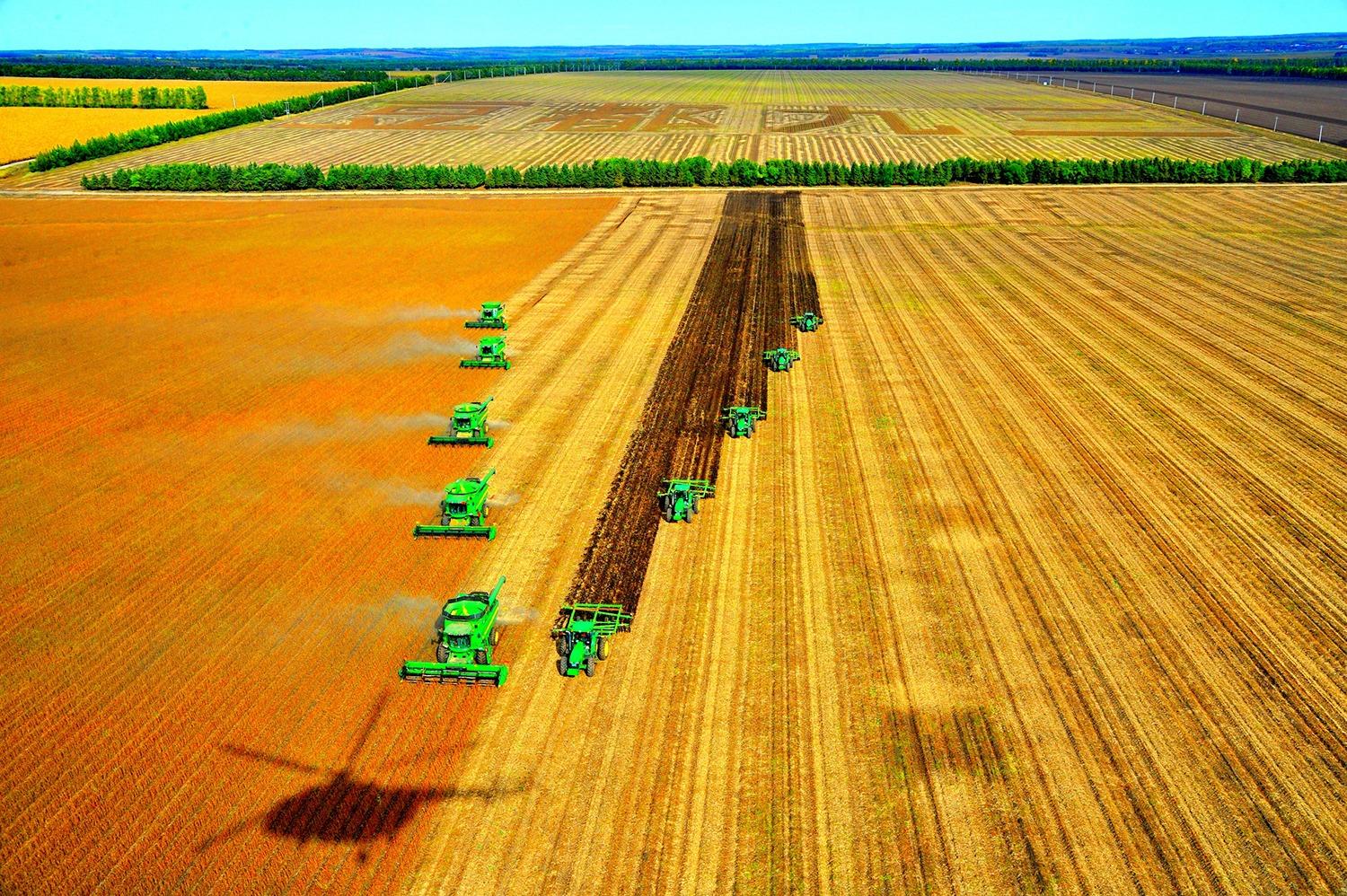Trade of farm products, technology between partner countries expands
 Agricultural machines harvest sorghum at Nenjiang Farm in Heilongjiang. (PHOTO PROVIDED TO CHINA DAILY)
Agricultural machines harvest sorghum at Nenjiang Farm in Heilongjiang. (PHOTO PROVIDED TO CHINA DAILY)
Agricultural partnerships, ranging from farm produce to the sharing of farming know-how, have expanded between China and Central Asian countries over the past 30 years, officials and experts said.
China has signed a number of agreements with Central Asian counterparts, and collaborated in fields such as locust control and horse rearing, said Li Hongtao, deputy director of the international economic cooperation division of the Ministry of Agriculture and Rural Affairs.
Chinese research institutes, such as the Chinese Academy of Agricultural Sciences, have formed lasting ties with Central Asian partners. They've created joint labs, and have achieved progress in animal husbandry, veterinary medicine, cotton farming and dryland agriculture, among many other fields, he said at an agricultural forum in Qingdao, Shandong province, in February.
"The trade volume of farm produce between China and the five Central Asian countries has increased year by year, from $175 million in 1992 to $1.073 billion in 2021," he said, referring to Kazakhstan, Kyrgyzstan, Tajikistan, Turkmenistan and Uzbekistan.
Yuan Rui, director of the agricultural bureau in Qingdao, said the city was involved in a series of modern agricultural cooperation projects with the five countries. Those include the building of soybean, alfalfa and other crops and animal husbandry bases in Kazakhstan, creating an economic seedling base in Uzbekistan, and signing a cooperation memorandum between Shandong Port and Kazakhstan to promote cross-border trade.
"Based on the good foundation of Shandong's agriculture, we are actively exploring new models of modern agricultural cooperation such as 'overseas ranches' with the five Central Asian countries," he told the forum.
Central Asia, with vast tracts of unplowed land, has attracted Chinese investors in recent years.
As of the end of 2021, China's agricultural investments in the five Central Asian countries amounted to nearly $400 million, employing nearly 3,000 local employees, official figures showed.
Cooperation projects in wheat flour and vegetable oil processing, cattle and sheep breeding and slaughter, cotton planting, and textile manufacturing have contributed to local agricultural development and have been a boon to bilateral trade.
For example, Kyrgyzstan, where agriculture takes up a large part of its GDP, exports a variety of agricultural products to China, including cherries, melons, flour, dairy products, horses and honey.
According to Comnews.cn, a news website endorsed by the Ministry of Commerce, the bilateral trade volume of agricultural products between Kazakhstan and China last year doubled from the previous year, reaching $783 million, of which Kazakhstan's exports to China reached $553 million, an increase of 2.2 times year-on-year.
The main agricultural products exported to China include sunflower seed oil, flaxseed, sunflower seeds, bran, rapeseed oil, barley and other oil crops, it said.
A research institute built by China and Uzbekistan as part of the Belt and Road Initiative projects has produced a super cotton variety, which has doubled cotton yields with just one-third of irrigation water needed compared with local varieties.


